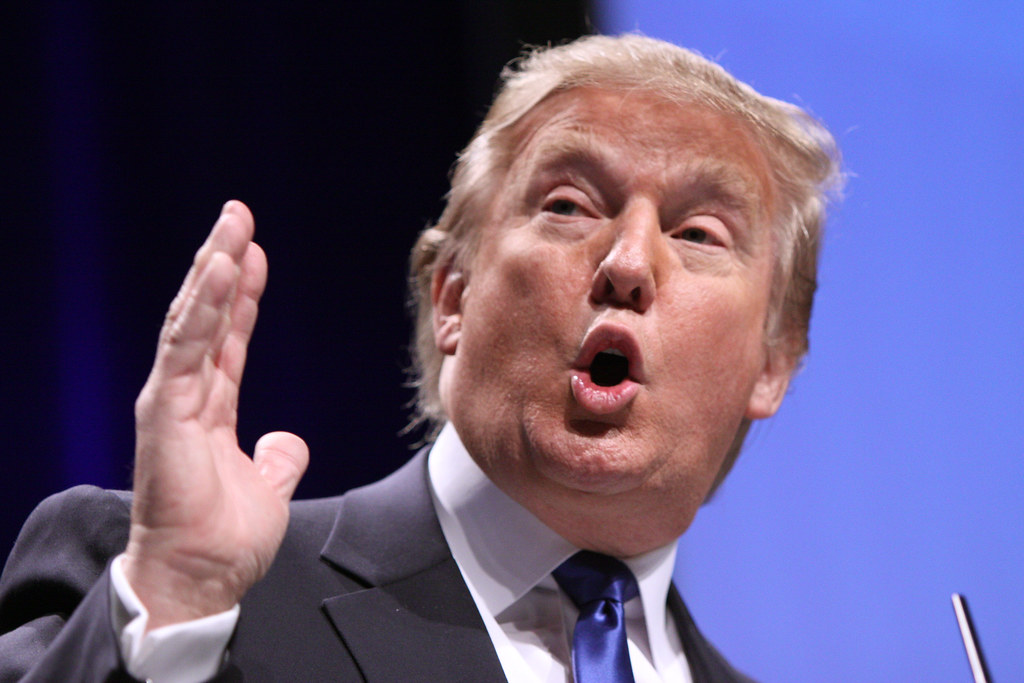Key Takeaways
• A Trump-appointed judge praised two Justice Department prosecutors after they were taken off a Jan. 6 sentencing.
• The removed attorneys had filed a memo calling the defendant a Jan. 6 rioter and seeking 27 months.
• The original memo was scrubbed, erasing references to the rioting and a Truth Social post.
• The defendant, Taylor Taranto, is convicted of livestreaming near Obama’s house with illegal weapons.
• Taranto received 21 months, matching his time in custody, and faces three years of supervised release.
Judge Carl Nichols surprised many when he publicly praised two Justice Department prosecutors. He had just convicted Taylor Taranto in a bench trial. Taranto was found guilty of carrying weapons and making a fake bomb threat. In their sentencing memo, the prosecutors noted his role as a Jan. 6 rioter. Soon after, both prosecutors were removed from the case without explanation.
Judge Nichols praises Justice Department prosecutors
Nichols said the two “upheld the highest standards of professionalism.” He noted they did “a truly excellent job in this case.” Both former prosecutors watched from the courtroom gallery. Meanwhile, the chief of the criminal section and another prosecutor stepped in. The judge called out their work to stress fairness and dedication.
Memo changes erase Jan. 6 references
Initially, the memo recommended 27 months in prison. It also described Taranto as part of a “mob of rioters.” Then the document vanished from the court docket. In its place sat a new memo with no mention of Jan. 6. References to a Truth Social post by the former president were also removed. As a result, crucial context about the offense was lost.
Who is Taylor Taranto?
Taranto livestreamed himself near former President Obama’s house. He carried a large cache of illegal weapons. He also claimed he would bomb a government building. In fact, a bench trial found him guilty on all counts. He faced separate charges for his actions on Jan. 6. That day, he joined a crowd at the Capitol and later called them a mob.
What happened to Justice Department prosecutors
After the sentencing memo change, the two attorneys went on leave. Neither the Justice Department nor the U.S. Attorney’s Office has explained why. Colleagues say this move surprised and upset many staffers. Some fear it could chill honest legal advice in future cases. Others worry it might signal political pressure on prosecutors.
Sentencing outcome and time served
In the end, Taranto got 21 months behind bars. He had already spent that time in custody during trial and appeal. Therefore, he will walk free on time served. In addition, he must serve three years of supervised release. He also must follow standard probation rules and avoid weapons.
Why this case matters
This case highlights tensions inside the Justice Department. For example, prosecutors may fear reassignments if their work irks political leaders. Moreover, courts rely on honest memos to guide fair sentences. Without them, judges lose a clear picture of a defendant’s conduct. In fact, altering records can undermine trust in legal process.
Impact on future Jan. 6 cases
Many Jan. 6 cases involve similar conduct, like trespassing and assaults. If memos face edits or removals, sentencing may shift widely. That could spark claims of favoritism or double standards. Defense attorneys might cite this case to seek lighter sentences. Meanwhile, victims and lawmakers may call for reforms.
Potential changes in policy
Some lawmakers urge clearer rules to protect prosecutorial independence. They propose laws barring political interference in case assignments. Others suggest internal safeguards so memos cannot be altered without notice. In addition, judges could demand full transparency on any document changes. These steps aim to shield fair trials from politics.
What to watch next
Watch for announcements from the Justice Department’s leadership. They may explain the leave or defend their actions. Also, check if the removed prosecutors return to active duty. Finally, see if Judge Nichols or other judges raise similar concerns. Their comments could push for stronger protections.
FAQs
How did the prosecutors describe Taranto in their original memo?
They called him part of a “mob of rioters” linked to the Jan. 6 attack. They also noted a social media post by the former president.
Why were the prosecutors placed on leave?
No official reason was given. Observers suspect their memo drew unwanted attention and possible political pushback.
Will Taranto serve more time despite a 21-month sentence?
No. He already spent 21 months in custody. He will be released on time served but will face three years of supervised release.
Could this case change how sentencing memos are handled?
Yes. Some officials are calling for clear rules to prevent unannounced edits. Judges may demand to see all versions of memos to ensure fairness.

